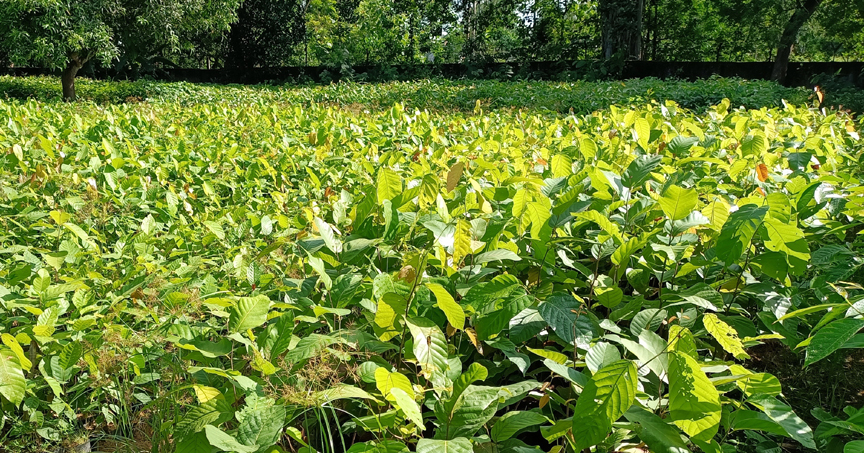Keonjhar: Mineral-rich Keonjhar district was once rich with sal forests, but over the years, many sal forests have vanished while several others are depleting due to a number of factors like timber smuggling, rampant mining and lack of maintenance.
However, the Forest department has initiated a move to revive and create sal forests in various parts of the district. According to reports, the Forest department has drawn up a blueprint to grow sal forests by setting up nurseries.
It will raise sal saplings through nurseries and then saplings will be transplanted elsewhere. Sal trees are valuable and they grow in natural settings.
It is said that sal seeds that germinate within 24 hours after touching the soil can only be grown into trees. Sal seeds germinate naturally and grow faster.
It was thought that artificial germination of sal seeds will not be very effective earlier. So, sal trees had not been included in the plantation programmes.
Now, the Keonjhar forest division has planned to take up artificial germination and sapling care. The department has managed to grow 10,000 sal saplings on six hectares of forest land near Padmapur on an experimental basis.
If the artificially grown sal saplings manage to survive through transplantation, it will give a new dimension to sal forest regeneration in the days to come, said DFO Sayam Mallick.
The DFO also said that the success of sal forest regeneration depends on how long the sal saplings are nursed in nurseries (at least for one and a half year), provision of water and their protection.
If the saplings survive till December, sal forests can be created, he added. The Odisha Mining Corporation is going to carry out compensatory afforestation at Jhadebelada next year.
The department has signed an agreement with the OMC to meet 50 percent of the compensatory afforestation with sal saplings. The department has decided to make provision of protection and water at the site.
It has raised 80,000 sal saplings at nurseries running in Padmapur, Belda and other areas. The saplings will be taken care of for one and a half year before transplantation.
Some experts observed that the department should lay focus on creating sal forests on an area of 100 hectares rather than that of 1000 hectares. They have appreciated the effort of the Forest department in generating sal forests and hopeful of its success.
PNN
